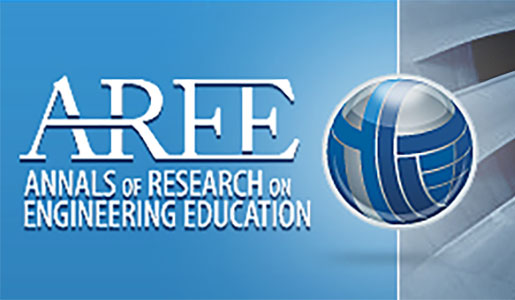Article: Departing From Lecture: An Evaluation of a Peer-led Guided Inquiry Alternative
This article discusses a research project undertaken to determine whether a relatively minimal implementation of curricular reform would be beneficial for students in a large general chemistry course. The reform was developed through consideration of two curricular reform projects that had been successful in college chemistry, one, Peer-Led Team Learning (www.pltl.org) had shown success as an add-on to lecture for large organic chemistry classes (Tien, Roth, & Kampmeier, 2002), and the other, which ultimately became known as Process-Oriented Guided Inquiry (www.pogil.org), had similarly positive results as a lecture replacement for small classes (Farrell, Moog, & Spencer, 1999). The reform as implemented borrowed aspects of each of these reforms and was used as a lecture replacement for one lecture per week in a large class. Basically, one of the authors trained undergraduate peer leaders to facilitate a weekly breakout session in which three or four formal cooperative learning groups of students engaged in guided inquiry activities (Moog & Farrell, 2002). The content in the activities generally followed a learning cycle and preceded the lecture on that material. The reform is referred to as “Peer-Led Guided Inquiry” or PLGI, and the weekly implementation vehicle as a “PLGI session.” The research question in the article is simply how the performance of students experiencing the reform would compare to the performance of those in a traditional section. Student scores from course exams and an American Chemical Society final exam are used as the basis for comparison. All of the students in the study took the same exams at the same time and were taught by the same instructor, but the students in the traditional section had three lectures per week rather than two lectures and a PLGI session. This particular style of reform implementation – actually replacing some instructional time with a reform — makes it clear that any differences found are not simply from additional instructional time. In addition, the reform was designed so that its structure would be independent of discipline: anyone with a large section can implement the reform using trained undergraduates, cooperative learning techniques, and an appropriate set of activities for the discipline. The data analysis begins by demonstrating the equivalence of the two sections in terms of SAT scores and provides t-test results for each exam. These results demonstrate that the students in the section with weekly PLGI sessions consistently outperformed those in the comparison section, with increasing effect sizes as the semester progressed. These initial results are complemented by a regression analysis for each exam with four predictors: student SAT sub-scores, PLGI session attendance, and section. In the majority of cases, PLGI was a significant predictor of exam score on a par with Math SAT sub-score. Section was not a significant predictor for any exam. These results demonstrate that even this minimal – once per week — reform implementation can be used to improve student performance in a large lecture course.
The paper was based on work supported in part by the National Science Foundation under Grant No. DUE-0310954. Farrell, J. J., Moog, R. S., & Spencer, J. N. (1999). A Guided-Inquiry General Chemistry Course. Journal of Chemical Education, 76(4), 570-574. Moog, R. S., & Farrell, J. J. (2002). Chemistry: A Guided Inquiry (2nd ed.). New York: John Wiley & Sons. Tien, L. T., Roth, V., & Kampmeier, J. A. (2002). Implementation of a Peer-Led Team Learning Instructional Approach in an Undergraduate Organic Chemistry Course. Journal of Research in Science Teaching, 39(7), 606-632.
Author 1: Scott E. Lewis email: [email protected]
Author 2: Jennifer Lewis email: [email protected]

